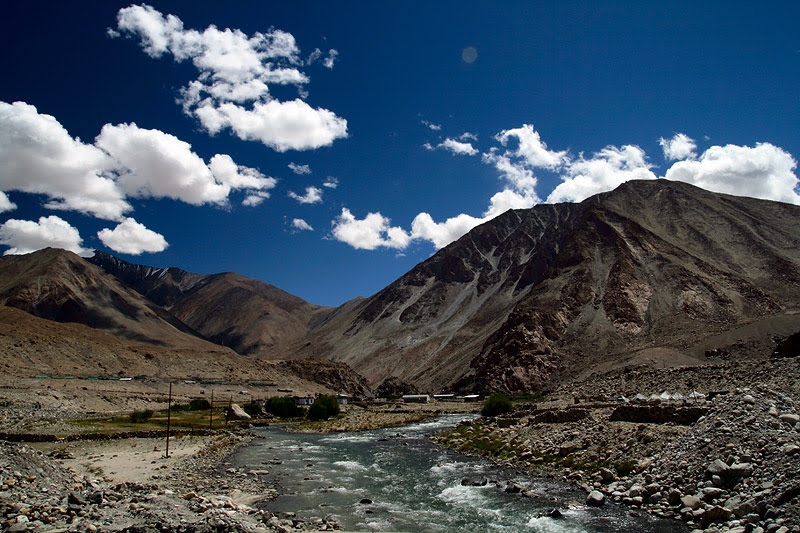
Hemis National Park
Leh, India
- Birdwatching rare Himalayan birds
- Camping under the stars in designated areas
- Spotting snow leopards in their natural habitat
- Trekking through the rugged Himalayan terrain
- Visiting Hemis Monastery and exploring its art
- Wildlife photography of unique Himalayan species
Known for:
Description:
Hemis National Park, nestled in the high-altitude region of Ladakh, is a haven for wildlife enthusiasts and nature lovers. Renowned for its elusive snow leopards, it's the largest national park in India and the second-largest contiguous protected area. The park's rugged terrain, characterized by steep slopes, rocky outcrops, and riverine habitats, supports a diverse ecosystem. Trekkers are rewarded with stunning views of the Himalayas and the chance to spot rare species like the Tibetan wolf, red fox, and Himalayan marmot. Hemis Monastery, a prominent Buddhist monastery within the park, adds a cultural dimension to the experience. The park offers a unique blend of adventure, wildlife, and spiritual enrichment. Remember to obtain necessary permits and hire a local guide for a safe and enriching experience.
History:
Established in 1981, Hemis National Park was created to protect the unique flora and fauna of the region, particularly the endangered snow leopard. The area had been inhabited by nomadic communities for centuries, their livelihoods intertwined with the land. The park's establishment aimed to balance conservation efforts with the needs of the local population. Hemis Monastery, dating back to the 17th century, predates the park and has played a significant role in the region's cultural and religious landscape. The monastery's presence within the park adds a layer of historical significance and provides a glimpse into the rich Buddhist heritage of Ladakh. Over the years, the park has become a crucial research and conservation site, contributing to the understanding and protection of the fragile Himalayan ecosystem.